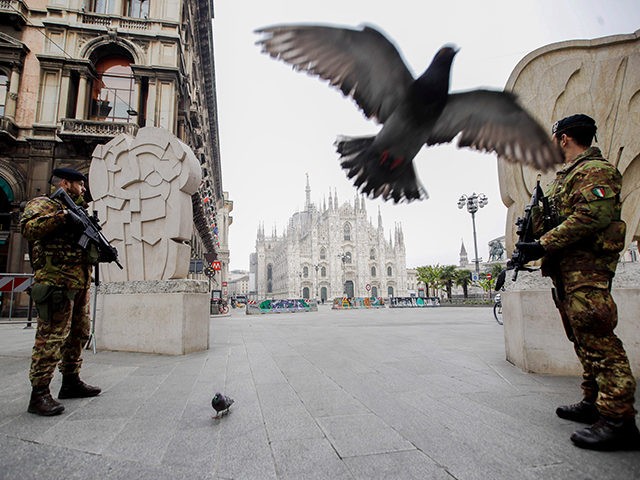ROME — Italian tourism for 2020 has suffered far worse than originally estimated with projected losses in the neighborhood of 100 billion euros, a new report reveals.
The joint report drafted by tourism confederation Confturismo Confcommercio and business group Assoturismo Confesercenti found that from June-August, the heart of Italy’s tourist season, the number of guests staying in official accommodation facilities in Italy was down 30 percent from 2019, with 65 million fewer tourists as restrictions remained in effect to curb the spread of the coronavirus.
June had virtually zero turnover, July tourism proceeded with fits and starts, and August has significantly reduced numbers, shorter average stays and reduced spending, the report relates, while the prospects for September have been downsized compared to those forecast only two months ago.
As state-run media have continued to bombard Italians with warnings of a possible resurgence in the coronavirus, the traveler confidence index — which indicates the propensity of Italians to travel — dropped by two points between July and August, from 65 to 63 points on a scale from 0 to 100.
As would be expected, foreign tourism was hit hardest, dropping by a remarkable 65.9 percent, or nearly two-thirds, during the summer trimester. The drop in foreign demand has felt more by hoteliers (-70 percent) than by non-hoteliers (-61%) and mainly involves tourists from outside the EU.
The few foreigners who have visited Italy this summer came predominantly from Germany, France, Holland, Switzerland, Austria, and the United Kingdom.
The negative trend has affected all areas of the country, in differing proportions. The worst trend was recorded by enterprises from the Northwest (-34.2 percent) and Northeast (-34.4 percent) of the country, while companies in the Central and Southern regions suffered relatively less, at -31.3 percent and -20.4 percent respectively.
There was also significant variation depending on the type of tourism, the report revealed, with revenues at art museums suffering a 50 percent decline, with lakes (-48.6 percent), spas (-38.9 percent), and countryside (-39.8) faring slightly better.
The least affected sectors were seaside resorts and mountain tourism, with a drop of 23.7 percent and 19 percent respectively, with losses due almost entirely to the absence of foreigners.
“The emergency is anything but over,” states Vittorio Messina, president of Assoturismo Confesercenti. “It is necessary to extend further support to the sector, which is facing a new season of uncertainty.”
As the largest economic sector, the tourism industry provides work for approximately 13 percent of Italy’s labor force. The country boasts 51 UNESCO world heritage sites, more than any other country in the world.

COMMENTS
Please let us know if you're having issues with commenting.